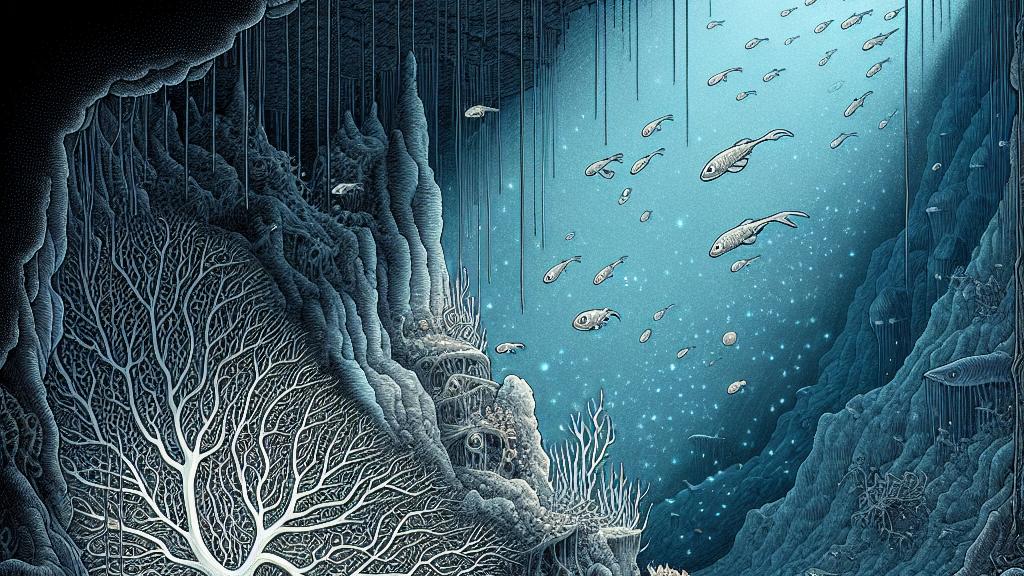Exploring Neuronal Evolution in Blind Cavefish
Overview
- Blind cavefish reveal astonishing insights into vertebrate brain evolution.
- The study zeroes in on the remarkable Mauthner neuron and its unexpected adaptations.
- Findings challenge long-held assumptions about neuron functionality in dark environments.

Overview of the Study
Imagine diving into a world devoid of light, where the very essence of survival hinges on adaptation. This is the realm of the blind Mexican cavefish (Astyanax mexicanus), a captivating subject explored by researchers at the University of Bayreuth. Their pioneering study sheds light on the evolutionary secrets of these unique fish, focusing particularly on the Mauthner neuron, the largest neuron in the vertebrate brain. Contrary to what one might expect, this research, published in the Proceedings of the National Academy of Sciences, unveils that the Mauthner neuron does not lose its essential features but rather remains remarkably intact despite the absence of light. This opens up a whole new conversation about how changes in environment can shape neural structures in unexpected yet profound ways.
Understanding Neuron Adaptation
Now, let's delve deeper into what makes the Mauthner neuron so extraordinary. This neuron functions as a sensory command center, rapidly integrating information from various senses to trigger swift escape responses in fish. While one might assume that a lack of visual stimuli would diminish the neuron’s role, the Bayreuth researchers reveal something astonishing. The Mauthner neuron retains its full structural integrity, indicating a complex form of stabilizing selection that preserves its function through adaptive changes. This research challenges the long-standing theory that sensory deprivation must lead to neural simplification. According to Dr. Peter Machnik and his team, the neuron’s dendritic branches, once dedicated to visual processing, may now be repurposed to handle other sensory data, demonstrating an incredible evolutionary flexibility that underscores the resilience of life.
Implications for Broader Evolutionary Understanding
So, why does this matter? The implications of these findings ripple far beyond the cave’s depths, influencing our understanding of evolution across species. Consider how mammals, including our early ancestors, adapted to life in darkness before emerging into the light. This evolutionary thread connects the cavefish’s adaptations to our own, suggesting that survival strategies may share common roots. As we ponder these connections, it becomes clear that every study like this enriches our knowledge of biodiversity and how organisms navigate their environments. Furthermore, it challenges us to rethink our perceptions of evolution as a linear process. Instead, it can be a complex tapestry woven together with threads of adaptability, resilience, and the wondrous capacity for change, reminding us that in the grand narrative of life, every creature has its story and relevance.

Loading...